Yates Account
Join now
Create a Yates account today!
Sign up to join the Yates Garden Club for monthly e-mails packed with seasonal inspiration, tips for success & exclusive promotions.
Plus if you’re a Garden Club member you can take part in the Yates Growing Community - a blog to share successes, get advice & win prizes in fun challenges along the way!

Forgot password
Enter the email address associated with your account, and we'll email you a new password.

Super spuds
Potatoes are a delicious and productive vegie to grow at home and can even be grown in pots. It’s best to use seed potatoes rather than supermarket potatoes as seed potatoes are certified as disease and pest free and also haven’t been sprayed with sprouting inhibitors. Seed potatoes are available for planting during winter (and also autumn for warm areas).A note on frost – if you live in a cold area, it’s important that the new potato stems are not exposed to frost, so delay planting so that stems emerge after the chance of frost has passed.
How to grow potatoes in a garden
- Choose a sunny spot with well drained soil. Enrich the soil with Yates Thrive Natural Blood & Bone with Seaweed.
- Dig holes or a trench 10-15cm deep and plant seeds with ‘eyes’ or shoots facing up. Backfill with soil and water in well.
- As shoots appear, cover them with soil from either side of the hole or trench and water well. This prevents light from reaching the tubers, which stops them from turning green.
- Feed fortnightly with Yates Thrive Natural Fish Seaweed+ Plant Food Concentrate. Continue to mound soil or add pea or lucerne straw to the plant as it grows, watering well each time. Repeat until the mound reaches approximately 60cm tall.
- Feed plants in summer with Yates Thrive Natural Blood & Bone with Seaweed.
- Harvest once the plants have flowered and died down. Although, you can ‘bandicoot’ small potatoes before then by hand digging beneath the plant and carefully extracting any of usable size.

How to grow potatoes in a pot
- If you’re short of space, you can grow potatoes in a large pot or even an old bucket. Punch a few holes in the bottom of the bucket for drainage.
- Half-fill container with Yates Premium Potting Mix.
- Position a seed potato (more than one if the container is big) on top and cover with 10-15cm of potting mix.
- As shoots appear, cover with potting mix from either side of the plant and water well. This prevents light from reaching the tuber, which stops it from turning green. You can also add pea or lucerne straw mulch to the mound and this will help retain moisture.
- Feed fortnightly with Yates Thrive Natural Fish Seaweed+ Plant Food Concentrate. Continue to mound soil or add pea or lucerne straw mulch to the plant as it grows, watering well each time. Repeat until the mound reaches approximately 60cm tall.
- Feed plants in summer with Yates Thrive Natural Blood & Bone with Seaweed.
- Harvest once the plants have flowered and died down. Although, you can ‘bandicoot’ small potatoes before then by hand digging beneath the plant and carefully extracting any of usable size.
Growing tips
Before planting, put seed potatoes into a well-lit (out of sunlight) spot for a few weeks so they develop small shoots, in a process is called ‘chitting’. Egg cartons make a great place to chit your potatoes.
Potatoes don’t require too much water as they’re growing. Water well each time you add soil or mulch to the mound and this will be sufficient (unless you’re going through a particularly hot spell).
You don’t need to collect all your potatoes at once – harvest when you need them (so choose the largest ones first!) and leave the remainder in the soil until they’re needed.
If you prefer to harvest all in one go, ensure you store in a cool dry and dark place.
Rotate the position of potatoes and avoid planting in the same spot as last year’s tomatoes – this will help prevent a build up of any soil-borne diseases.
Don’t eat any green potatoes – they’re poisonous! Potatoes will turn green if they’re exposed to light, so that’s why it’s important to mound the soil and store mature potatoes in the dark.



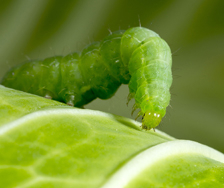
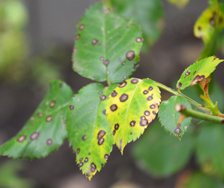
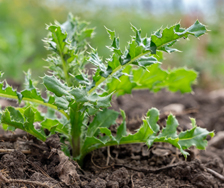
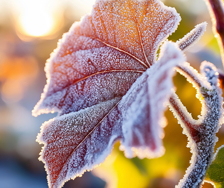
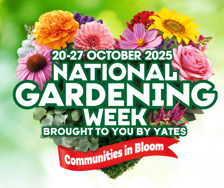

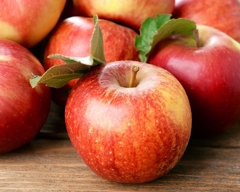
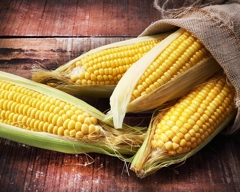
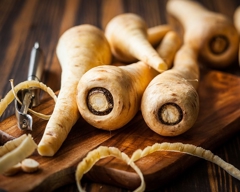
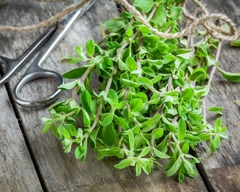
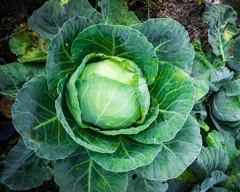







Share
Share this article on social media